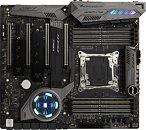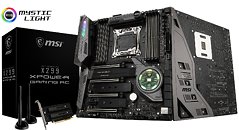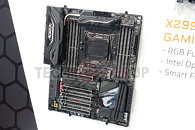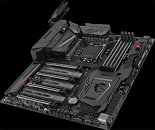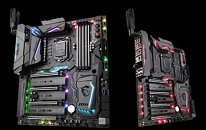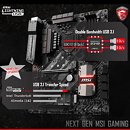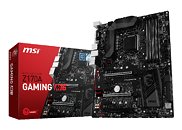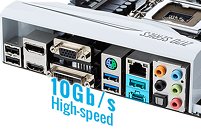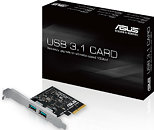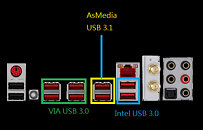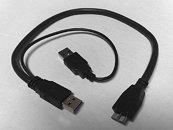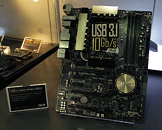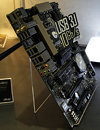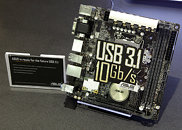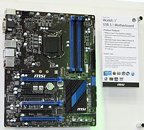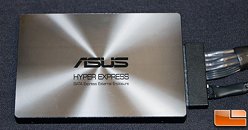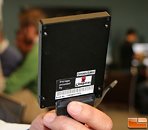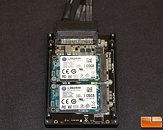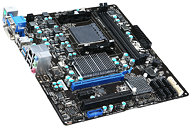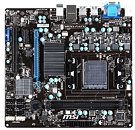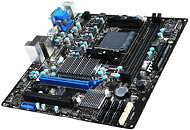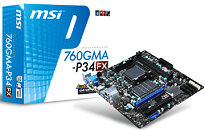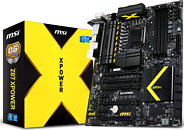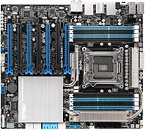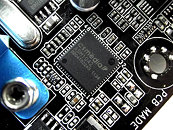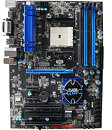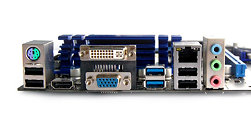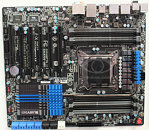At CeBIT, Gigabyte unveiled what many may have overlooked for bearing a strong resemblance to the GA-X79-UD5, the GA-X79
S-UD5. This board is designed to be a 1P workstation-grade motherboard, probably with out of the box support for the latest Xeon processors in the LGA2011 package, apart from Core i7 ones. The upper-half of this board is nearly identical to that of the X79-UD5. The LGA2011 CPU is powered by a 14-phase VRM, wired to eight DDR3 DIMM slots (two on either sides), supporting quad-channel memory. There are minor differences (as far as the upper-half is concerned). Tantulum capacitors on the X79-UD5 are replaced with cylindrical solid-state ones on the X79S-UD5, the FrescoLogic-made USB 3.0 controller is replaced with a VLI-made one.
It's the lower half of the X79S-UD5, where all the action is. The expansion slot load-out consists of five long PCI-Express x16 slots. Among these, two are PCI-Express 3.0 x16 capable, one is PCI-Express 3.0 x8 capable (by taking 8 lanes from one of the two x16 links), and two appear to be PCI-Express 2.0 x4. Then there's a legacy PCI slot. The PCH heatsink is identical to the one on the X79-UD5, but what's under it is what counts. Although named "X79"S-UD5, the board is actually based on the
Intel C606 "Patsburg", which is an enterprise-grade chipset for Intel's Sandy Bridge-EP platforms. Apart from six SATA ports (2x 6 Gb/s + 4x 3 Gb/s), the C606 PCH provides eight SAS (Serial-attached SCSI) ports, running at 3 Gb/s speeds. The rest of the connectivity is completely identical to that of the X79-UD5.


